An attempt to answer the question “What was before the Big Bang” led last year’s Nobel Prize winner Roger Penrose to an interesting cosmological concept in which our Universe is just one link in an endless chain of its “predecessors” and “descendants.”
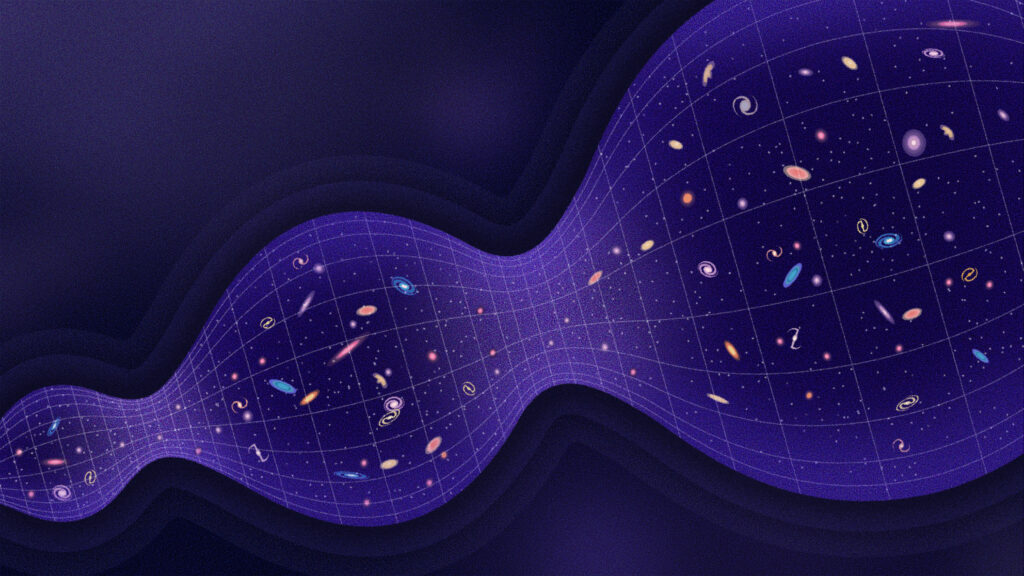
In fact, until the middle of the twentieth century, most scientists imagined our world to be something eternal and unchanging. Of course, stars could be born and die in it, planets could collide, civilizations could arise and fall… but on large spatial scales and over long periods of time, it always looked roughly the same as it does now. Only in the 1930s did convincing evidence of the expansion of the Universe appear, and in the 1960s — of its origin in the Big Bang. Such a radical “revolution” in the scientific worldview has not occurred, perhaps, since the recognition of the heliocentric system.
But then two equally difficult questions arose. First, what actually was before the Big Bang? What was space like before it began to expand, and how long did it stay in this “primordial” state? And secondly, everything that has a beginning has an end. So what will it be like — the end of our Universe?
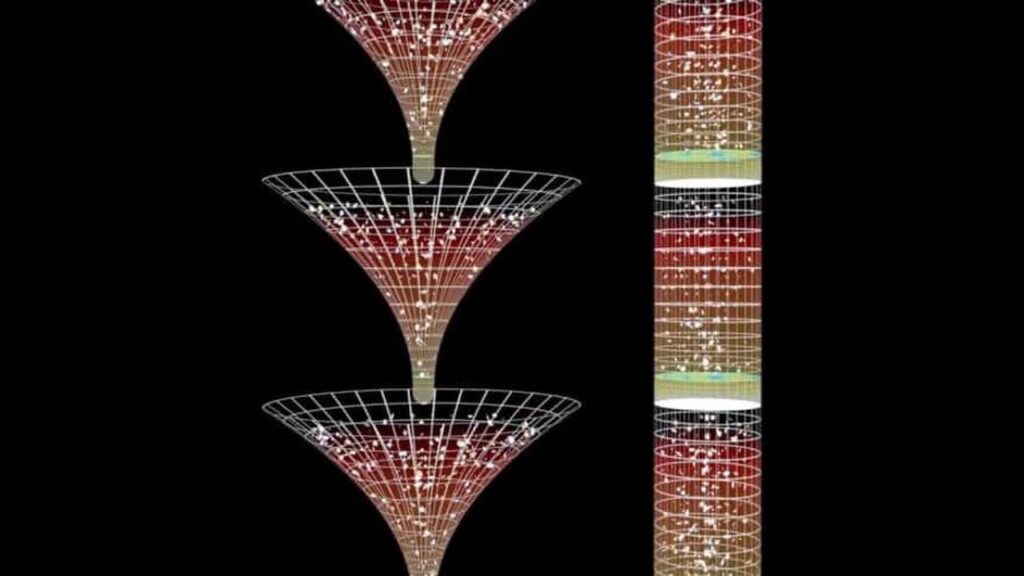
The British mathematician Roger Penrose set out to find an answer to this question. Although he was accustomed to working with numbers and formulas, he realized that he would first have to define categories of a more philosophical nature, such as what is considered the “Universe” and what is considered the “non-Universe.” In general, his conclusions can be summarized as follows: the main feature of our Universe is motion, which, in turn, requires the presence of at least two material or energy objects, the distance between which varies over time. If there are no such objects or only one, we are dealing with a conditional space that cannot be measured (i.e., it is impossible to say whether it is infinite or “compressed” into an ultra-small volume, as before the Big Bang), and the concepts of speed and time lose their meaning altogether.
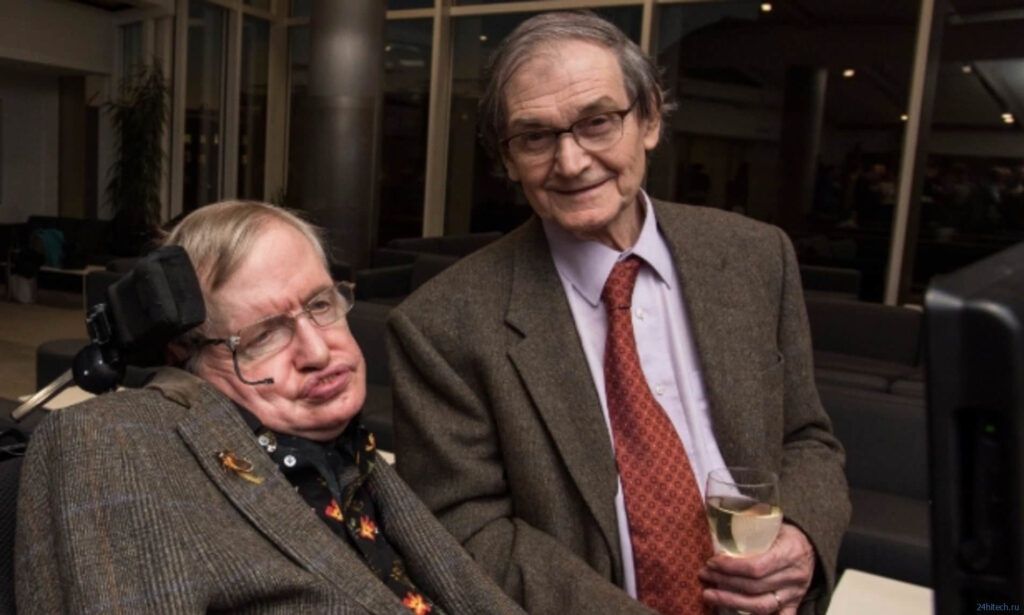
Thus, according to Penrose, it can be assumed that in the very distant future, when all elementary particles disintegrate and the expansion of space “destroys” the last photon (this is how one of the options for the “death” of our world can be briefly described), the Universe will actually return to a state where it can “explode” again and start a new cycle of matter. The scientist called this cycle an “aeon”. He did not specify what exactly could be the root cause of such an explosion, but we recall that even the “traditional” models of the universe still do not provide an unambiguous answer to this question.
No matter how exotic Penrose’s hypothesis may be, it has proven to be quite attractive because it allows us to solve several problems of cosmogony at once. For example, it explains very simply what existed before the birth of our world and what will remain after its demise — the universes of the previous and next eons, respectively. It also easily resolves the issue of the isotropy of the Universe on a large scale. From the available observational data, scientists have concluded that at the level of large galactic clusters, the matter in it is generally distributed evenly, and it seems that all its parts “live” according to the same physical laws. The Big Bang theory alone cannot explain this “uniformity,” so it had to be supplemented with the idea of the stage of inflation, a very rapid expansion of space (at a speed many times higher than light speed) literally in the first moments of its existence, which effectively “smears” all inhomogeneities. The “aeon hypothesis” gives a simple answer as well: the properties of different regions of the Universe were “equalized” before its creation.
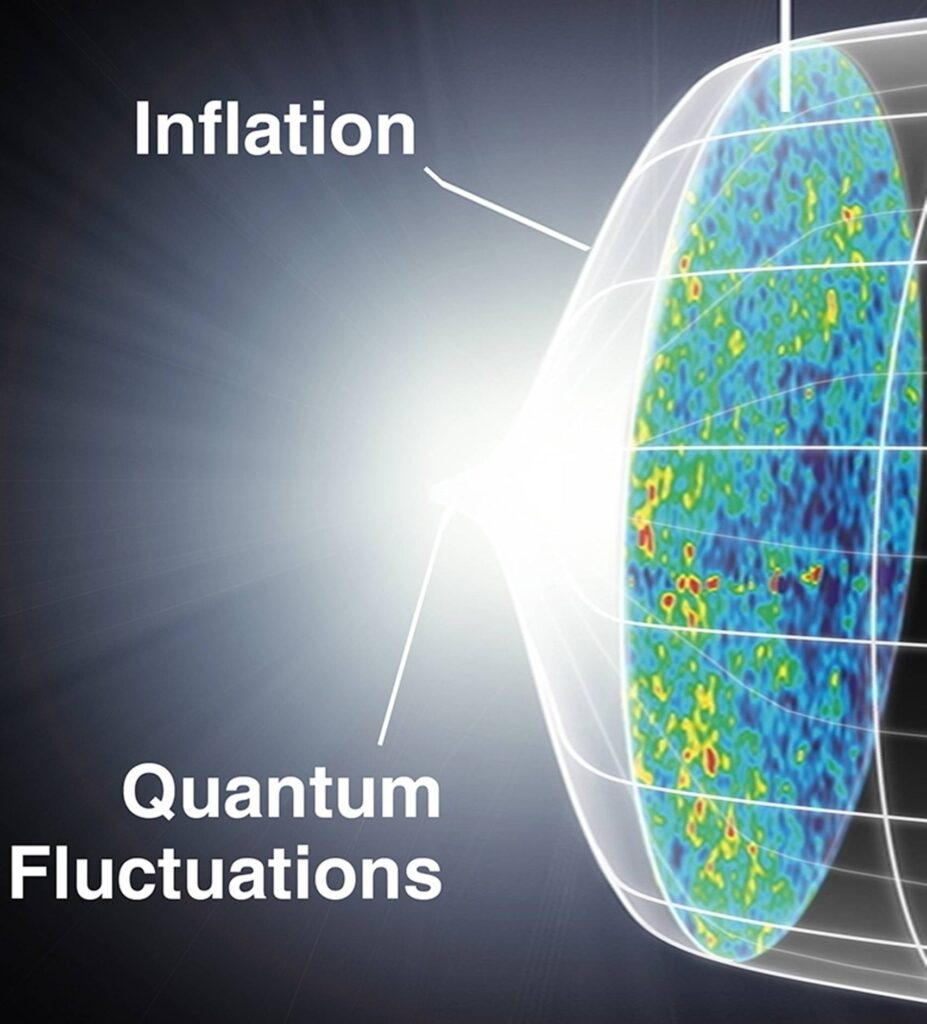
Can we find any evidence for this beautiful hypothesis? To do so, Penrose says, we need to continue to improve the technique of observing gravitational waves. The fact is that one of the “end of the world” scenarios assumes that all its matter and radiation will eventually be absorbed by giant black holes. Then these supermassive giants will begin to collide with each other, and at some point there will be only two of them left in the entire Universe. They will wander through the expanding space for a long time (in fact, they have enough time for this – a little less than eternity), but eventually they will also begin to mutually attract and merge in a grand cataclysm that can only be compared in power to the Big Bang. It will be impossible to see it with the naked eye: the only witnesses will be gravitational disturbances, so powerful that they will be reflected even in the Universe of the next aeon.
However, calculations made by Vakhe Gurzadyan of the Yerevan Institute of Physics (Armenia) show that such a grand event can affect not only the “gravitational map” of our Universe, but also the picture of relict microwave radiation, the electromagnetic “echo” of the Big Bang. Its “fingerprint” should resemble two circular areas near opposite points of the celestial sphere, where the inhomogeneities of the relic background will be much smaller than in other parts of the sky.
And such areas were indeed found! Moreover, upon closer examination, scientists managed to distinguish several “nested” ring-shaped structures, similar to waves from a stone thrown into a pond. They look exactly the same way as the “traces” of ancient gravitational disturbances are supposed to according to the theory.
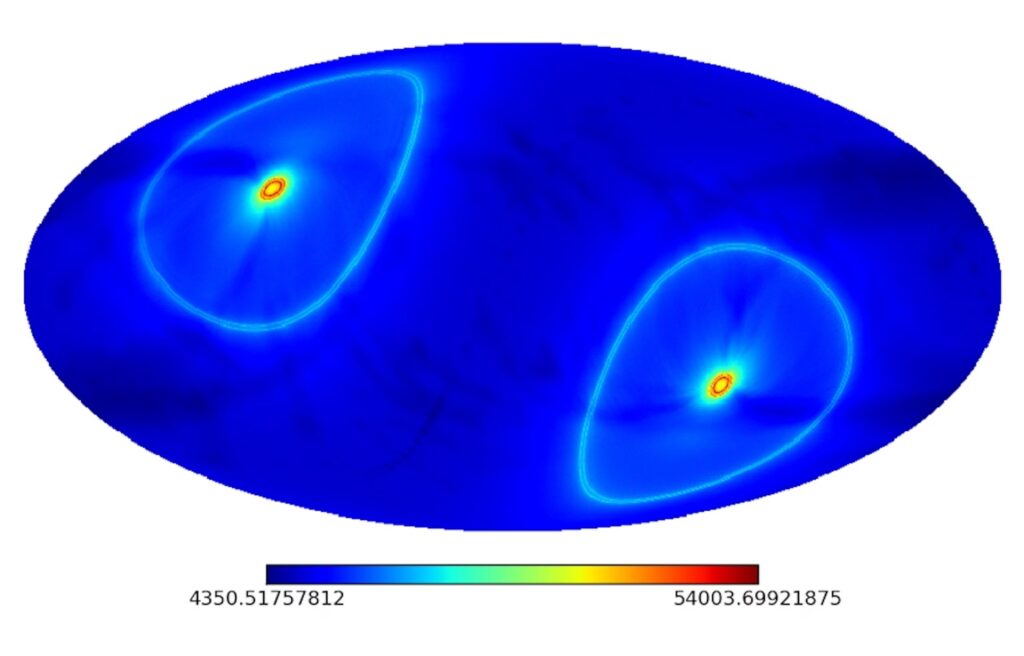
Unfortunately, neither Penrose nor Gurzadian has yet commented on this discovery, made by researchers at the University of British Columbia (Canada) under the direction of James Zibin. Zibin himself is aware of this possible interpretation of the discovery, but he is very cautious about it. He relies on mathematical models of the possible course of events in the first seconds after the Big Bang and notes that similar “rings” are also formed in some computer simulations based on the inflationary hypothesis and not involving a “prior universe.”
Most other cosmologists and astrophysicists are equally skeptical of Penrose’s views. The concept of the “final” collision of giant black holes seems the most unlikely to them: after Stephen Hawking managed to prove the existence of “quantum evaporation” (the slow conversion of black hole mass into energy), scientists tend to believe that in the time it takes for these last black holes to “find each other,” they will have long since “evaporated” and disappeared, leaving behind only a lot of high-energy photons.
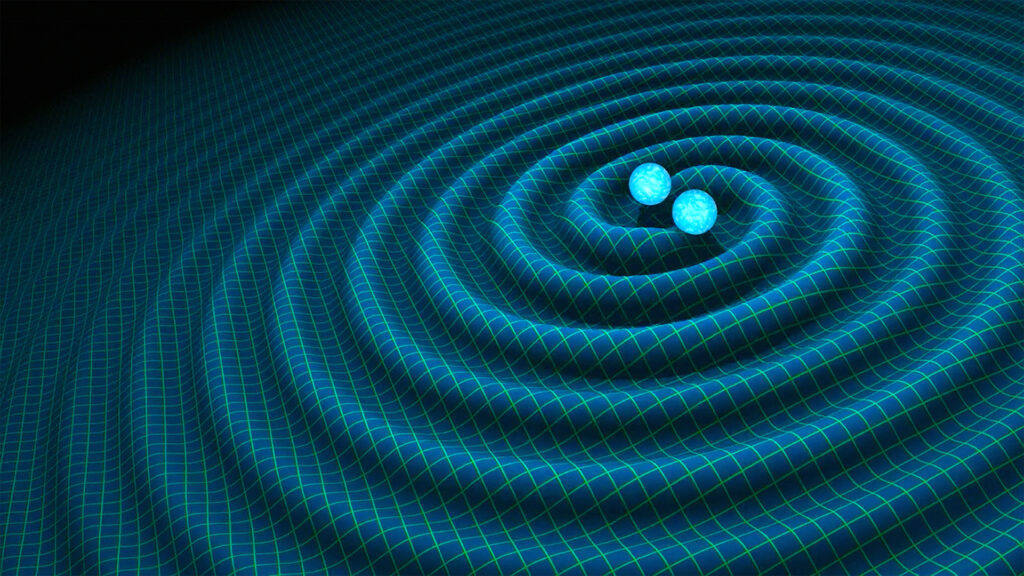
Proponents of Penrose’s hypothesis point out that such a “sea of pure energy” may well be the “explosive” that will cause the next Big Bang, which will be the beginning of a new material world.
Summarizing the above, we can draw some interesting conclusions. In addition to the hypothesis of “parallel universes” that do not intersect and exist independently of each other (and it is practically impossible to verify their existence), we now also have a picture of “sequential universes,” each of which can leave certain “traces” in the structure of its successor. Now we are not yet in a position to say for sure that they have been found, but in the future, with more sophisticated observational instruments and a better theoretical framework, we may well be able to obtain such confirmations. According to the aforementioned James Zibin, the events of the past aeon must indeed leave “imprints” in our world, and they will not necessarily look like the rings in the relict background. We just need to use more precise mathematical modeling methods to distinguish and characterize them unambiguously, and then find their equivalent using, for example, the latest gravitational wave detectors.
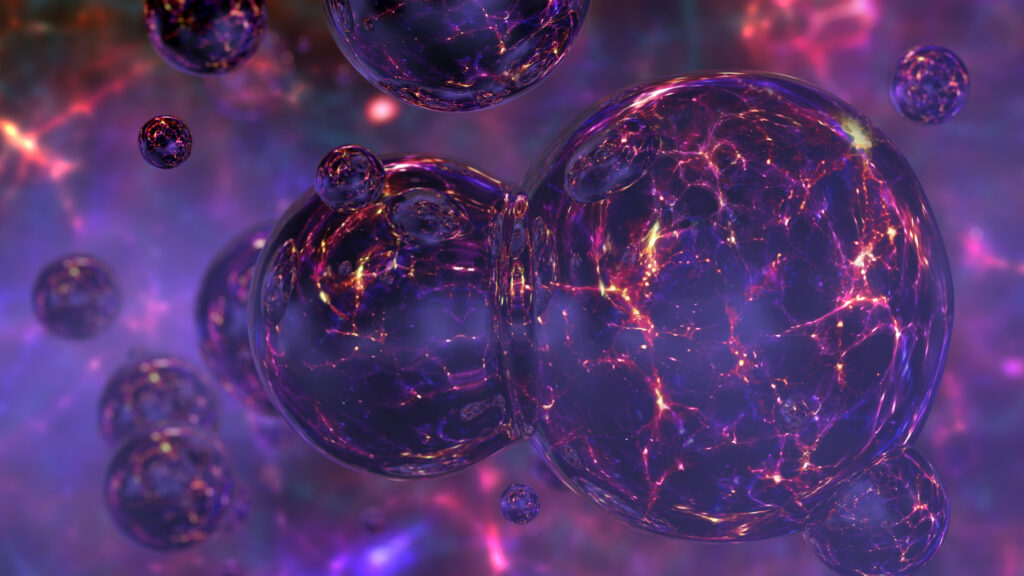
But the most interesting assumption is that the models of “parallel” and “sequential” universes do not actually negate each other: our Universe may well be the result of a collision of supermassive black holes in some completely different space, with which it completely lost contact after the Big Bang (but which does not disappear after that). And this brings us back to the well-known hypothesis of the Multiverse, where many universes constantly form each other, die and are born again, so that in one of them a set of physical laws and constants will finally be favorable for the emergence of stars, planetary systems and intelligent life capable of comprehending all the complexities of the universe.
